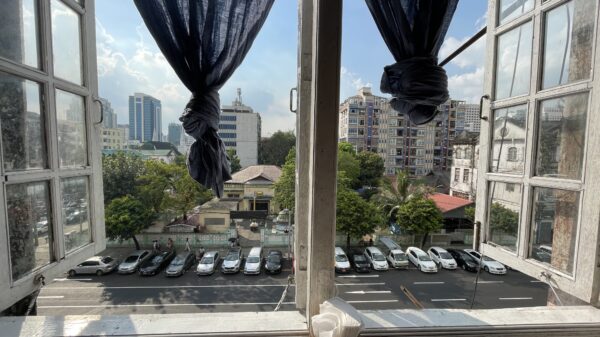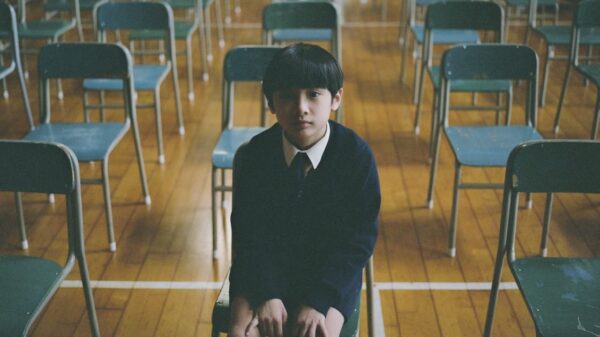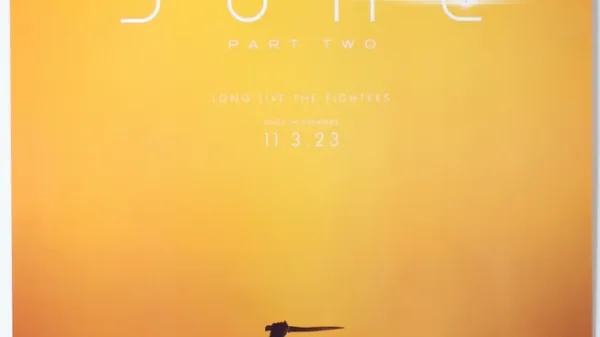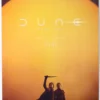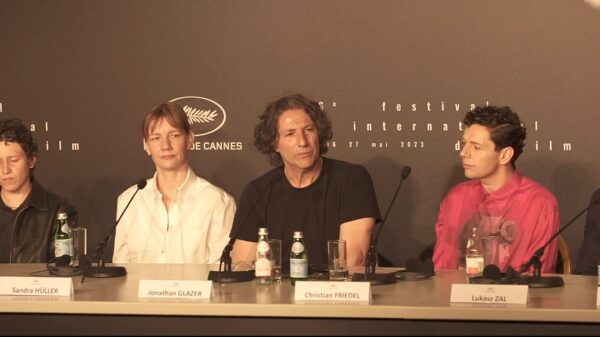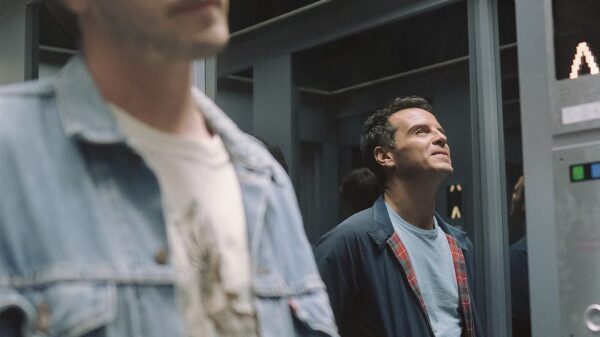Roar writer Joseph Israel reflects on Eric Rohmer’s “A Tale of Springtime” and the upcoming Spring season.
The first opus in the saga of the ‘Tales of the Four Seasons’, “Tale of Springtime” opens the ball of a hyper-sensitive cycle characteristic of Eric Rohmer’s cinema. Released in 1990, the film offers impeccable aesthetics, a backdrop for the inter-subjective theatre that we are used to, but never tired of. When this month’s Culture theme was announced, I couldn’t help but muse on the ambiguous flavour of a change of season, from the gloom of a downpour to the appreciation of a ray of sunshine. Yet, the weather is not alone in trying to order itself, to regulate its cycle, and to renew its spice.
As the grey of Winter fades, the first glimmers of Spring remain timid, a feeling of latent expectation reigns within our consciousness. This expectation inevitably generates the illusion of a conversion idealised in its linearity; in the poetry of the first shoots; in the blossoming of cherry trees and other symbols. In reality, this transition is always messy, and we experience false hopes, meteorological surprises and disappointments (but not only), dodges and blows of the weather as if it were a long joust between the moribund winter and the vigorous spring.
Rohmer makes us feel this disorder on several levels. First, the pictorial and architectural space, but also the intersubjective space, and that of thought. It is the chattering confusion of thought and relationships, a reflection of capricious weather, alternating sunshine/freshness, and Paris/country that fascinated me in this film. To illustrate, let’s linger for a moment on the character of Jeanne.Â
Jeanne lives in two flats. The first one, her boyfriend’s, is quite messy. On top of this mess, a blue and orange light filter through the curtains is applied. This slightly stifling complementarity contrasts with the other flat, which lets the light in openly. The latter is obviously very clean, and the white of the walls predominates.
Jeanne, who is rather manic, tries in vain to tidy up the first apartment, but escapes to the second, in the same way that she escapes from Paris, preferring the idyllic countryside for a few days. The jumble to be sorted out is not only material but also relational, sentimental, and existential. Thus, the wave of spring upsets and transcends, making Jeanne float erratically from the closed-in winter to the relief of spring. This volatility echoes well the title of ‘A Tale of Springtime’
One of the songs in the film, a sonata to be precise, which caresses and plays, intrudes and unleashes, accompanies everything. It is not the only musical moment in the film, but Beethoven’s Sonata No. 5, known as the “Spring” Sonata, is heard when the heroine returns home and we see, through the windscreen, the landscape passing by. This sonata is a festival of sensations, at first homogeneous, light and round, then the violin and piano dialogue, even confronting their jerky discourse, and then, after a longer response, they come into agreement. At the same time, we notice on the screen open perspectives, a rather large depth of field, and a green nature that announces a certain serenity, the calm after the storm.Â
“Spring Tale” finally recalls elegant days when the end of the school year is already upon us. We allow ourselves weekends with friends when the city is more peaceful; but also, the relational tumult that the new season tends almost magically to engender. The film has the flavour of renewal, of a gentle breeze, of a budding.Â









